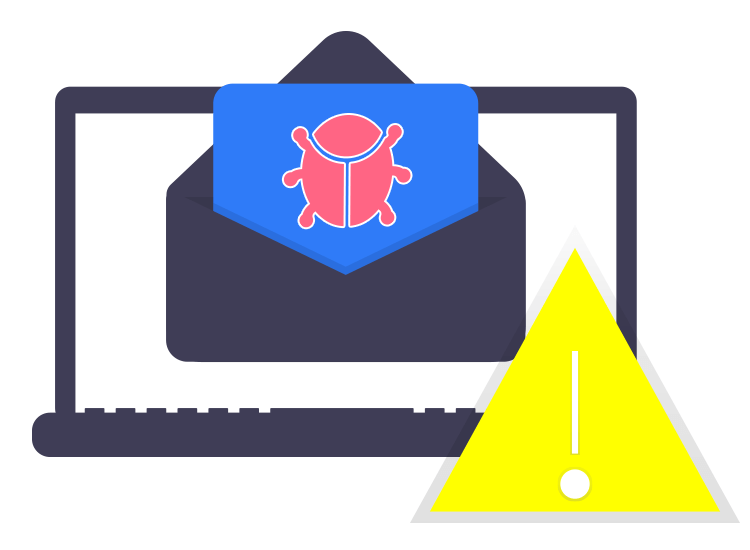
Commonly known as an Internet worm, an Email worm is a malicious worm that spreads via emails. It attaches itself to email messages, weblinks, and network sources of third party websites.
The code gets executed when a user opens the infected email attachments or activates the link. The range of havoc that an Email worm can cause includes the following:
- Completely crashing the victim’s device.
- Flooding the user’s device with annoying ads.
- Unauthorized access to users’ devices.
- Theft of personal and confidential information.
An Email worm exploits several mechanisms to spread fake and infected emails. MS outlook services, Windows MAPI functions, and exploiting the connection to the SMTP server, with the help of the email directory built in the worm’s code are some of the most common ones.
Here are some of the ways that an Email worm uses to find email addresses.
- Address database at WAB.
- Emails present in the inbox.
- MS outlook address book.
- .txt files available in the hard drive.
Email viruses can be packaged in multiple ways and can cause irreversible damage to your computer system. Hence preventing it in the first place is crucial for the overall health of your device. Here are a few simple yet effective methods that will help you guard yourself against this malicious worm.
- First and foremost use a strong antivirus program to protect your device from malware and other PC threats.
- Never click on emails whose source you are not sure of.
- Never trust an email only because it comes from a known source. The emails used by Email worms usually masquerade themselves as legitimate emails coming from banks, popular brands, government agencies, etc.
- Before opening an email check out for the subject line, body text, and header fields. Such emails are usually plagued with misspelled words, text that does not make any sense, and grammatical errors.
- Check the link for HTTPS URLs, the ones with HTTP URLare usually infected and leads to third-party websites.
- Try and avoid relieving your email address on random websites.
- Use spam filters to block fake and infectious emails.

